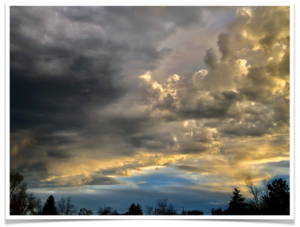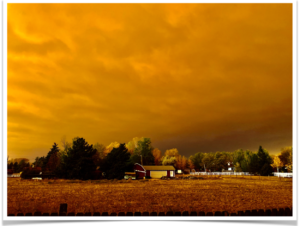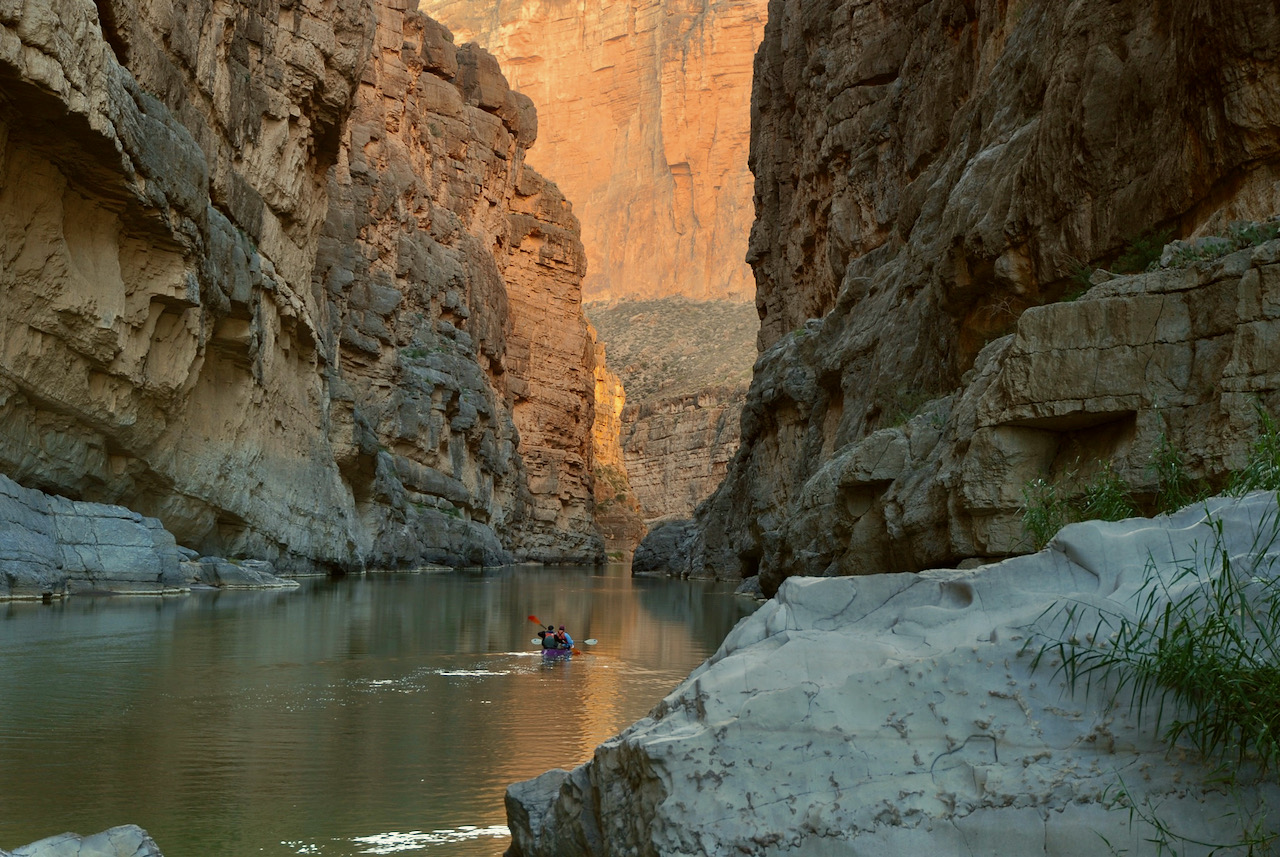
It Comes Back
Nature Bats Last
May 3, 2021
The forecast called for rain. This suggested that it would be a good day to wander into Young Gulch. I’d meant to go back here for quite a long time, having been an even longer time since I was last there. But I had been looking at it on a map for many months, as we all slogged through the pandemic year of 2020. I rarely hear anyone speak or write of Young Gulch. I took the promise of rain as added insurance for a quiet, distraction free walk beyond the end of the pavement.
Young Gulch is in the canyon of the Cache la Poudre river, in northern Colorado. “The Poudre” is the only designated National Wild and Scenic River in Colorado. This seems surprising for a state that sheds so much water and is generally wild and scenic. But that is the fact and it is well deserved.
A hike in Poudre canyon leaves the river bottom and soon starts going uphill. Against the runoff of summer rain that has fallen, and against the annual winter snow melt. The hills are in front of you. And within many side drainages, like Young Gulch, is the trace of past fire that, like your trail, runs uphill. Your reaction may swing from shock and horror, to wonder and mystery, to subtle joy.
In June of 2012 a natural lightning strike initiated what became called the High Park fire. The rapid spread of the flames consumed parts of both the Green and Built Worlds. In time it would become the second largest fire in Colorado history at the time. North by northwest from my home, the prevailing winds brought smoke and ash. There was no fly fishing on the Poudre that summer, and daily breathing was uncomfortable.
This cloudy May day I strolled up the trail with my hands in the pockets, waiting for the promised rain. Burned Ponderosa Pine trees stood like black totems. Many had broken tops. At ground level, there was no clutter. Water raged and made a great noise along the creek’s path, shedding melting snow. There is little bird activity, no squirrels in sight. I am alone. But it feels right; everything in its place.
Pockets of green Ponderosa Pine branches are present, spreading above small perennials. Small shrubs are back for another go. And on the floor, mixed in among the dropped needles and cones, were small sprigs of green. A gentle breeze shuffled through. Fragments of ancient rock lay about as decoration. throughout, small gardens of Pasqueflower. The small, colorful, early season beauties stood out against the otherwise mostly brown and widely scattered small flecks of green. Fire had consumed and swept away much. But something was happening. Another generation, another growth was coming on. Ever persistent. It felt really good to see the annual rebirth, surely stronger with every year, reclaiming it place in the natural succession. It comes back. Again.

This day, in Young Gulch, I am in the lower reaches of the Poudre watershed. Still waiting for the rain. Looking at charred trees, I drift back in my mind to the previous pandemic summer. Fire had returned to the delightful Poudre. They called it the Cameron Peak fire, named for a landmark in the highest reaches of the canyon that was the source. There still is no official cause announced. But the area of its origin is in a popular camping area of the forest and makes me feel like humans had hand a hand in this. I hope I am wrong.
The Cameron Peak blaze surpassed the High Park to become the largest in Colorado history. It too consumed the Green and Built Worlds, causing the evacuation of many people. This included the town of Estes Park in the Big Thompson river drainage to the south. It was all very unsettling, and came within ten miles of my home. But we seemed safe enough, protected by hogback ridges. Easily uneasy. Then, while Cameron Peak raged, fire broke on the west side of the Continental divide. It spread with force and speed and was definitely human-caused. A great deal of Rocky Mountain National Park burned. The view from my back garden was a scene from the twilight zone, an orange image from a war torn world. The air was unbreathable, the ash abundant. Turbulent times.

But as Solomon’s advisors counseled,
“This too shall pass.”
Absolute truth. And the blooms of Pasqueflower signal a new day. A new forest coming that I will never see. A hope for the cycle anew.
Hours and miles later I return to my car. Head on back home. It’s hard not to ponder what seems to be an ever increasing frequency of the fires here in the western US. Or not worry about the their growing intensity. And what of declining snowfall and the resulting diminished supply of water? I fret that we are doing much of this to ourselves in the name of expand or expire economics. The bottom financial line.
But the vision of tender, colorful Pasqueflowers pops in and out of my mind. The renewing green forest in response to fires. And I somehow know that the Green World will indeed survive. It will go on. But will we? Will humans continue their ways much longer? I am uncertain.
Nature bats last.
